Formal Living Room Ideas for Timeless Interior Design
09:38A formal living room is a space in a house that is used for entertaining guests and creating a sense of elegance and sophistication. It is typically located near the entrance of a house and is designed to impress visitors with its grandeur and beauty. We will explore formal living room ideas and provide some tips for designing your own, giving you endless inspiration when designing your living room.
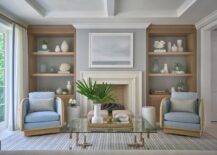
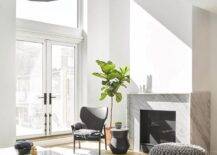
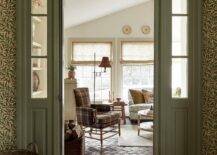
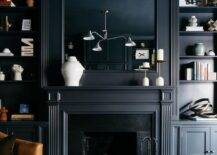
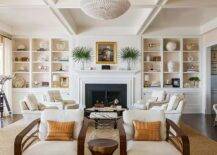
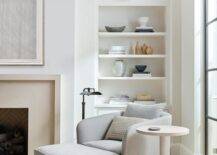
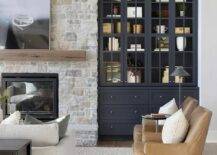
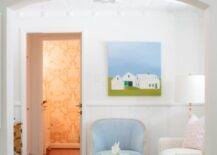
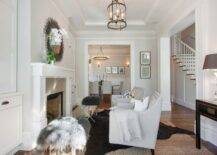
History of Formal Living Rooms
The concept of a formal living room dates back to the 18th century when wealthy families began to build large homes with separate spaces for different activities. The formal living room was designed to receive guests and host social events. It was typically decorated with expensive furnishings and artwork and was meant to convey the status and taste of the homeowner.
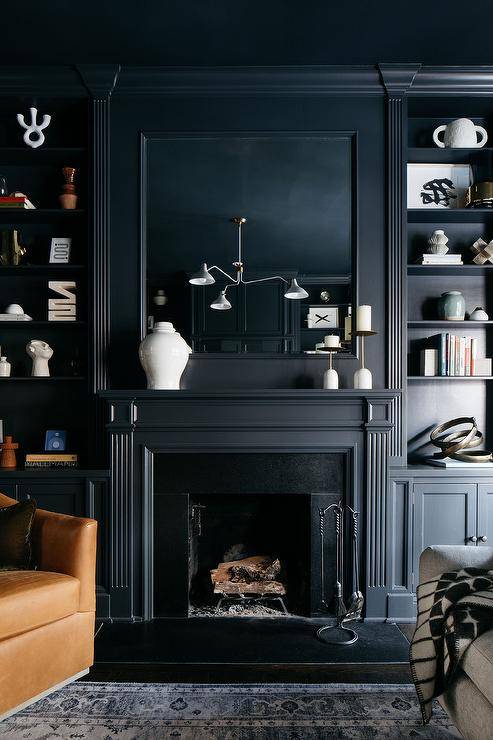
In the 19th and early 20th centuries, formal living rooms became even more elaborate and ornate. They were often decorated in a specific style, such as Victorian or Art Deco, and were filled with luxurious fabrics, intricate woodwork, and decorative details. These rooms were a reflection of the homeowner’s wealth and social status and were designed to impress and awe visitors.

Modern Formal Living Room Ideas
Today, formal living rooms are still popular in many homes, although they have evolved to reflect modern tastes and lifestyles. They are often designed as a more casual space, with comfortable seating and a focus on relaxation and entertainment. However, they still retain their sense of elegance and sophistication and are often decorated with artwork, antiques, and other high-end furnishings.
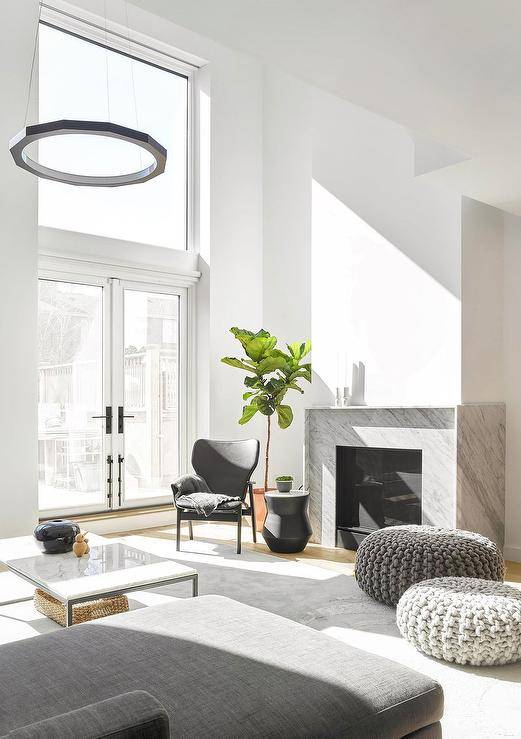
Design Tips
When designing a formal living room, several key elements must be considered. First, you should decide on a color scheme that reflects your personal style and the mood you want to create. You may choose to go with a neutral palette for a classic, timeless look or opt for bold, bright colors for a more modern, eclectic feel.
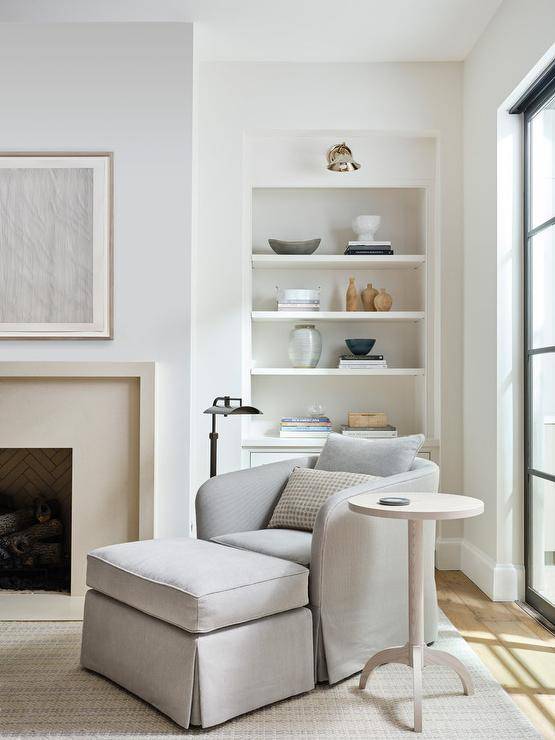
Furniture
Next, you should choose furnishings that are both functional and beautiful. Sofas and chairs should be comfortable and inviting while also complementing the room’s overall aesthetic. You may also want to add accent pieces, such as a coffee table or decorative lamps, to enhance the ambiance of the space.
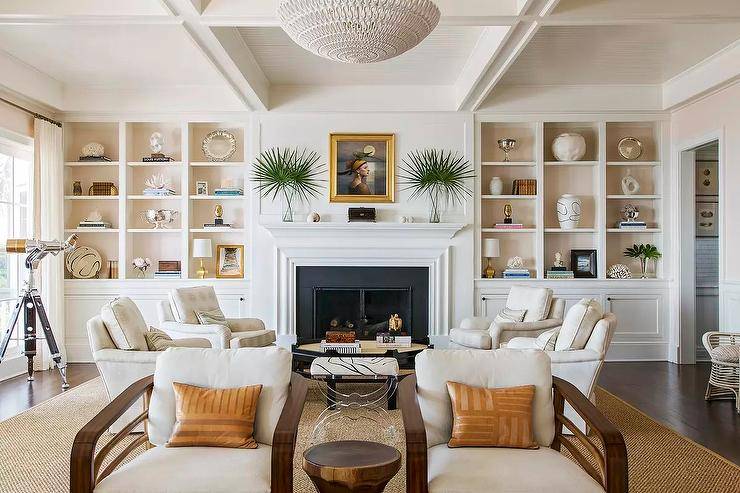
When choosing furniture for a formal living room, it’s important to consider the overall aesthetic you’re going for. Typically, formal living rooms have a more elegant and sophisticated feel, so you’ll want to select furniture pieces that reflect that. Start by choosing a color scheme, such as neutral tones or muted jewel tones, and stick to it throughout the space.
Look for furniture with clean lines and elegant details, such as tufted upholstery or carved wood accents. Opt for pieces that are comfortable but not too bulky or overstuffed. Remember to balance the space by mixing and matching different shapes and sizes of furniture, such as a sofa and a couple of armchairs, to create a cohesive and inviting layout. Finally, don’t forget to accessorize with decorative pillows, lamps, and artwork to add personality and warmth to the room.
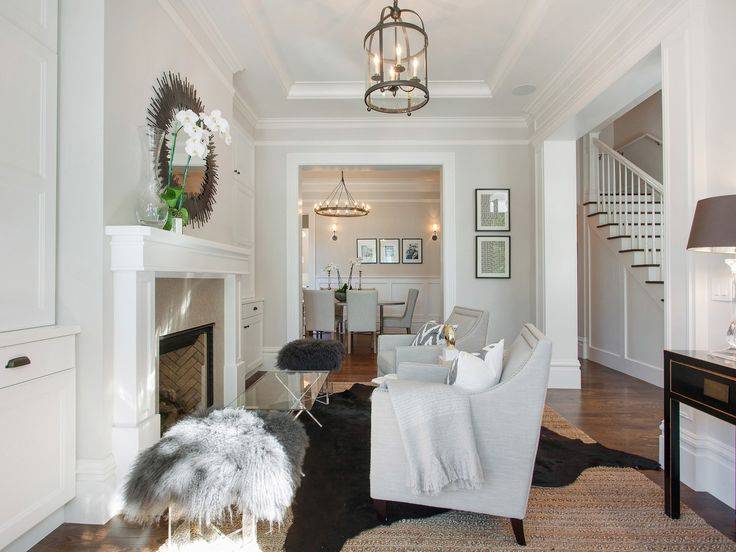
Lighting
You should consider the lighting and accessories that will complete the look of your formal living room. Chandeliers and other statement lighting fixtures can add drama and elegance to the space, while artwork and decorative objects can add personality and interest.
When it comes to choosing lighting for a formal living room, there are a few key things to keep in mind. First and foremost, it’s important to consider the overall style and aesthetic of the room. If the space features traditional furnishings and decor, for example, you might opt for classic chandeliers or wall sconces with ornate detailing.
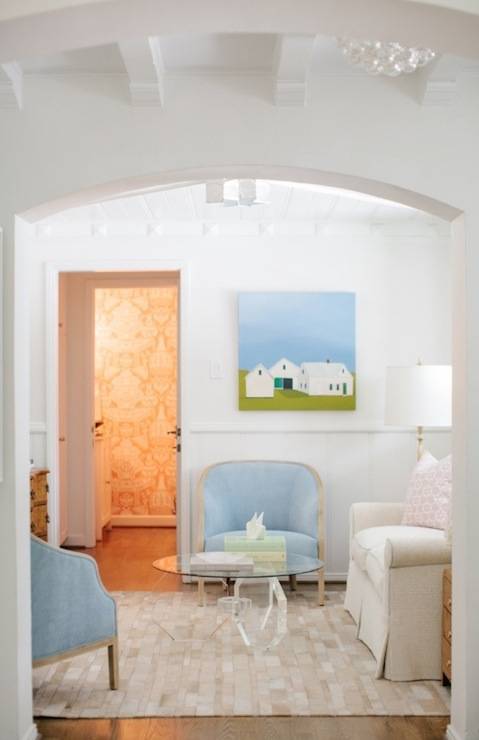
On the other hand, if the room has a more modern or minimalist vibe, you may want to choose sleeker, simpler lighting options, such as pendant lights or floor lamps with clean lines.
Additionally, it’s important to think about the function of the room and the different activities that may take place there. For example, if the living room is often used for reading or watching television, you may want to incorporate table lamps or adjustable floor lamps that can be positioned to provide focused task lighting.
Finally, don’t forget about the importance of layering your lighting sources. By incorporating a mix of overhead, task, and accent lighting, you can create a warm, inviting ambiance that’s both functional and aesthetically pleasing.
Artwork
When it comes to choosing artwork for a formal living room, it’s important to consider the overall aesthetic and mood of the space. Generally, formal living rooms call for sophisticated and elegant pieces that add a touch of refined beauty to the room. Large-scale paintings or prints in ornate frames work well, as do classical sculptures or busts.

Black and white photography can also be a great choice, particularly if the subject matter is classic or timeless. When selecting artwork, it’s important to balance the scale of the piece with the size of the room. Larger pieces work well in spacious rooms, while smaller pieces can be grouped together in a gallery wall to create a cohesive look. Overall, the artwork in a formal living room should complement the space and add to its sense of refinement and elegance.
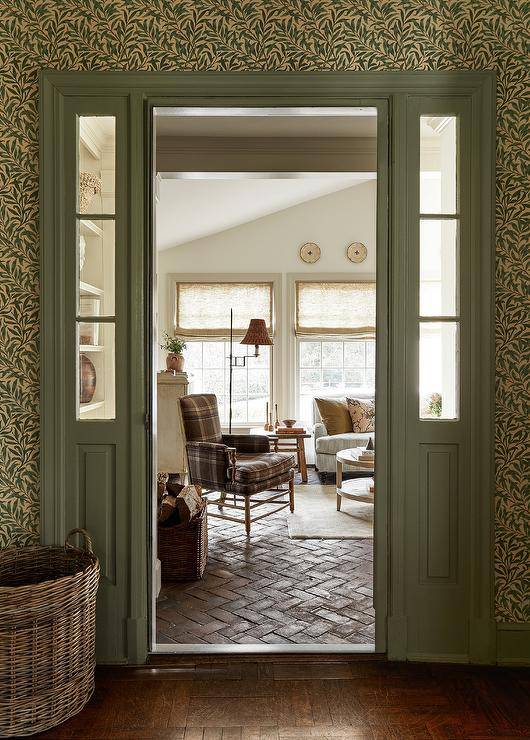
A formal living room is a space that can add both beauty and functionality to your home. Regardless of which formal living room ideas might have caught your attention, the key is to design a room that reflects your style and makes you feel comfortable and at home. With the right furnishings, color scheme, lighting, and accessories, your formal living room can become a space in which you and your guests will love to spend time.
You're reading Formal Living Room Ideas for Timeless Interior Design, originally posted on Decoist. If you enjoyed this post, be sure to follow Decoist on Twitter, Facebook and Pinterest.
Posted By : Holly Antoine
0 comments